Experiments Involving Sulfuric Acid for an Amateur Chemist
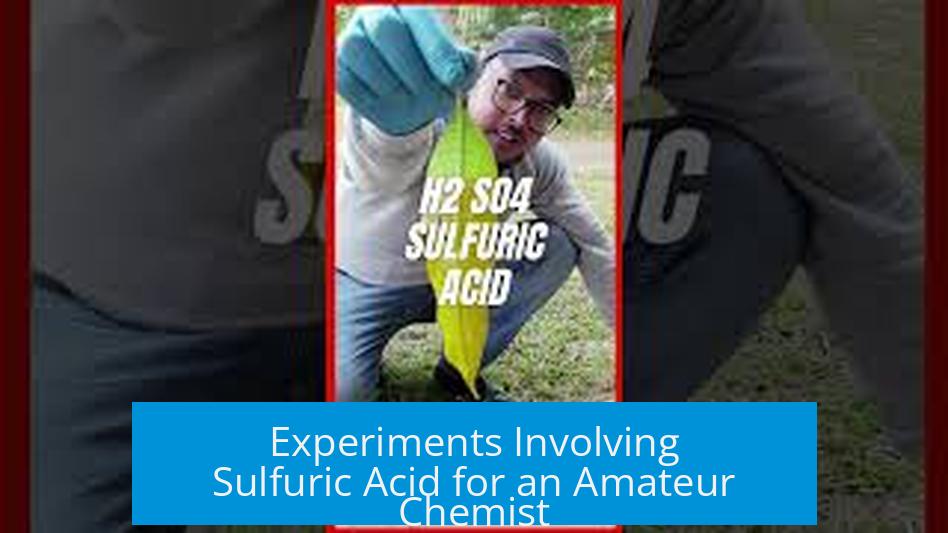
Sulfuric acid offers a range of experiments suitable for amateur chemists, but it demands strict safety precautions due to its corrosive nature and reactive properties. This article outlines several notable experiments, detailing procedures and necessary warnings.
1. Safety and Hazard Awareness
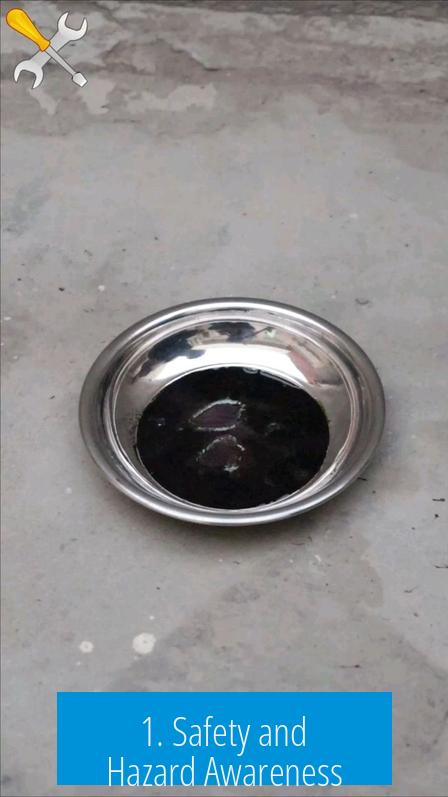
Handling sulfuric acid requires personal protective equipment such as goggles and gloves. Contact with skin or eyes can cause severe injury and permanent damage.
Mixing sulfuric acid with hydrogen peroxide forms piranha solution. This mixture is highly explosive and should only be prepared in professional environments. It is used industrially to clean silicon wafers but poses tremendous risks at amateur levels.
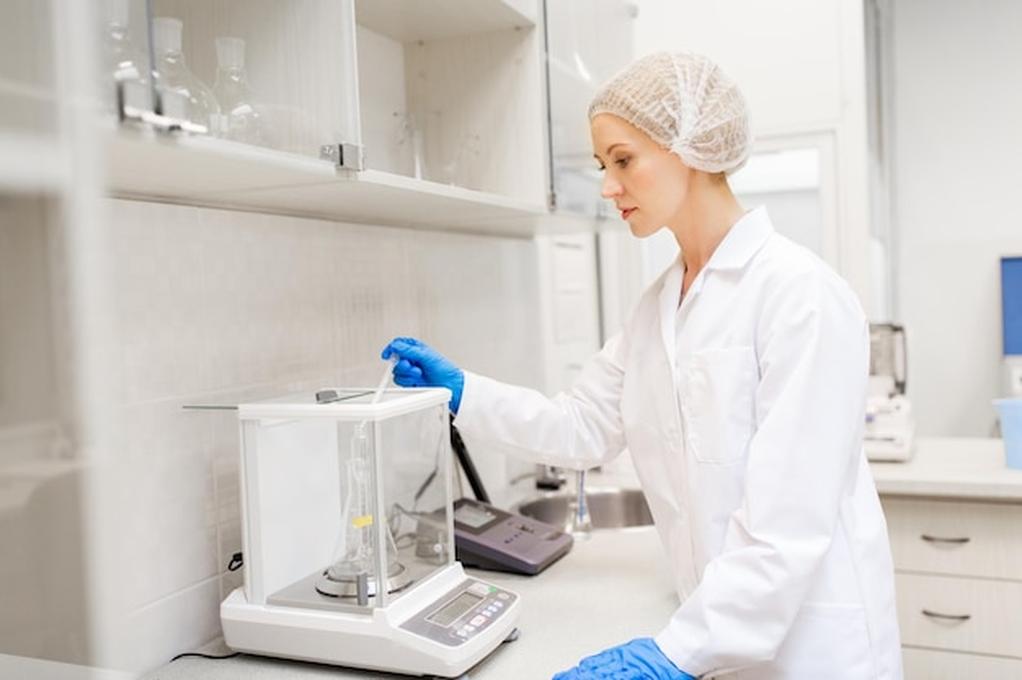
2. Reaction with Organic Materials
One visually striking experiment is sulfuric acid’s reaction with sugar. When concentrated acid contacts sugar, it dehydrates it, producing a black, carbonized mass that expands like a “medieval dragon.” This exothermic reaction emits heat and steam, making cleanup hazardous.
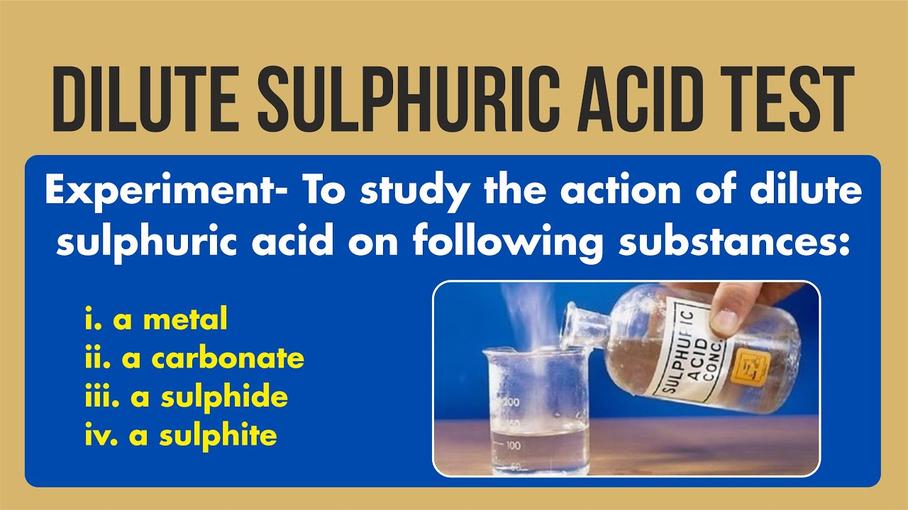
3. Gas Generation
Sulfuric acid can generate useful gases when applied to salts:
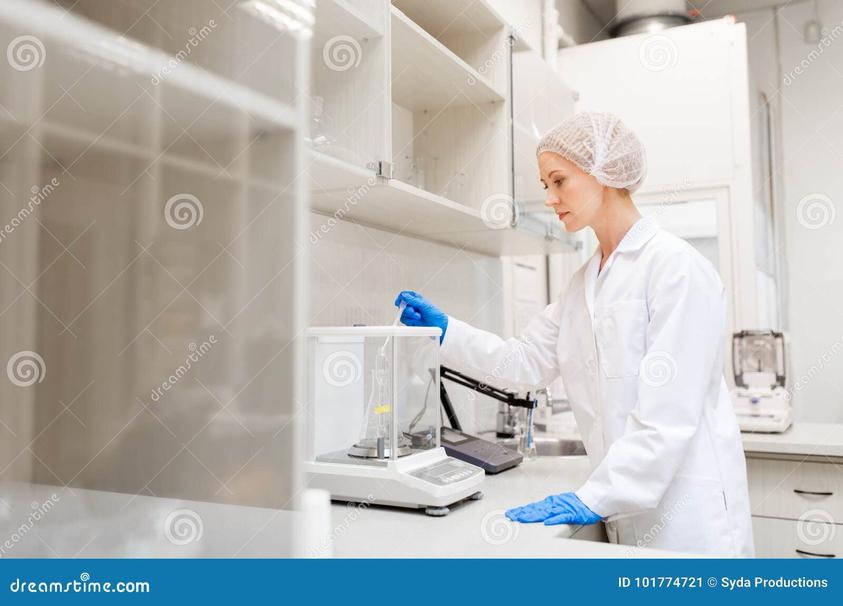
- Dripping sulfuric acid onto sodium chloride releases hydrogen chloride gas. When dissolved in water, this forms hydrochloric acid.
- Reaction with sodium nitrate produces nitric acid vapor, which also dissolves in water to form nitric acid.
These gases require proper ventilation and gas collection setups to avoid inhalation or environmental harm.
4. Metal Dissolution and Precious Metals
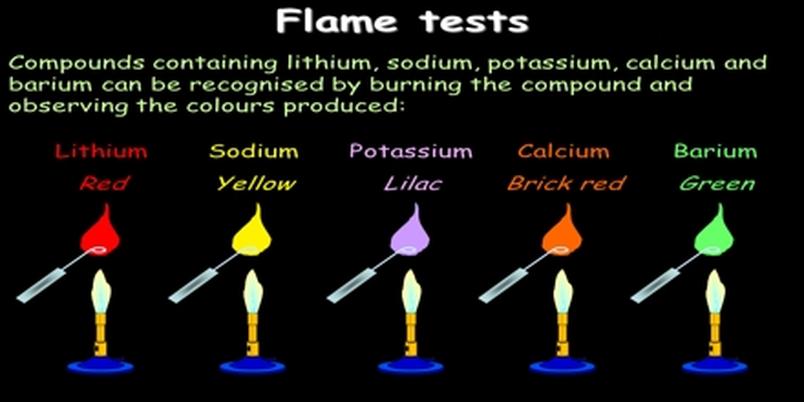
Amalgams of hydrochloric and nitric acids (commonly known as aqua regia) dissolve noble metals such as gold and silver. The typical ratio is 3 parts concentrated HCl to 1 part concentrated nitric acid. This process emits toxic gases and should only be performed with advanced knowledge and safety measures.
5. Additional Experimental Ideas
- Crystallization of ortho-nitrophenol is a recommended project; it involves nitration followed by crystallization, demonstrating sulfuric acid’s role as a catalyst and dehydrating agent.
- Synthesis of esters using sulfuric acid as a catalyst is possible. These compounds have distinct odors, making the experiment engaging without hazardous byproducts.
Amateurs should avoid explosive syntheses without expert supervision due to safety risks.
Key Takeaways
- Always prioritize safety: use protective gear and work in ventilated spaces.
- Avoid mixing sulfuric acid with hydrogen peroxide outside industrial settings.
- Sulfuric acid dehydrates sugar, forming a carbon-rich expanding mass.
- It can produce useful acids (HCl, HNO3) by reacting with salts.
- Aqua regia dissolves noble metals but releases toxic gases.
- Crystallization of ortho-nitrophenol and ester synthesis offer safer experimental options.
Experiments Involving Sulphuric Acid for an Amateur Chemist
So, you want to dabble with sulfuric acid in your home lab? Great! But before you dive in, here’s the straight answer: Yes, sulfuric acid is a powerful chemical that can yield fascinating results for amateur chemists, but it demands respect, preparation, and caution.
Why is sulfuric acid so popular in chemistry experiments, you ask? It’s a dense, reactive, and versatile acid widely used in industrial and laboratory processes. But with great power comes… well, a lot of potential for hazardous mishaps if you’re not careful. Ready for a fun yet safe journey into sulphuric acid experiments? Buckle up!
The Dragon’s Breath: Sugar Dehydration Experiment
Picture this: you drop a bit of sulfuric acid onto a pile of sugar crystals, and suddenly, it blacks out and towers up like a medieval dragon exhaling smoke. That’s exactly what happens when you combine sulfuric acid with sugar—it dehydrates the sugar, removing water, and leaves behind a dramatic carbon column. Visually striking yet smelly, this experiment is a favorite among amateur chemists craving “magical” reactions.
Pro tip: perform this experiment in a well-ventilated area and wear goggles and gloves. The leftover carbon “dragon” is a sticky mess—clean-up isn’t for the faint-hearted (or unprotected hands). Plus, you don’t want any acid splashes turning your lab day into a trip to the emergency room.
Piranha Solution: The Dangerous Cleaning Elixir You Should Avoid
Here’s your explicit NO-GO zone: mixing hydrogen peroxide with sulfuric acid to form what’s ominously called “piranha solution.” That sounds ferocious because it is! This mixture is explosive and unpredictably so. Scientists sometimes use it in tiny amounts to clean silicon wafers in ultra-high-tech industries (think computer chips), but it’s downright suicidal for a home chemist.
Tempted to try? DON’T!
A drop of this mix can cause violent reactions. Instead, admire this from afar and leave piranha solutions to professionals equipped with industrial containment suits.
Gas Generations with Sulfuric Acid: Making Hydrochloric and Nitric Acid
For those eager to see chemistry at work through gases, dripping sulfuric acid onto common salts like sodium chloride (table salt) or sodium nitrate can generate hydrogen chloride or nitric acid vapors. Collect the gas carefully in a water receiver, and voilà—you get hydrochloric or nitric acid solutions.
This experiment is a bit advanced but illustrates the fundamental acid-base reactions and gas generation. Be warned: it produces irritating vapors, so wear respiratory protection and work in a fume hood or outdoors.
Gold and Silver Dissolving: The Fierce Aqua Regia
Ever heard of “aqua regia”? This royal water is a legendary mix—three parts hydrochloric acid and one part nitric acid—that can dissolve “noble” metals like gold and silver. Attempting this shows the remarkable power of strong acids working in tandem.
One caveat: aqua regia releases poisonous gases, so this is only for the very careful, professionally supervised chemist. Plus, it’s not really an “experiment” for casual kitchen scientists. But understanding its composition adds a fascinating dimension to acid chemistry.
Going Beyond: Making Crystals and Exploring Esters
Once you master basics, try your hand at crystallizing ortho nitro phenol. This experiment is less about explosions and more about beautiful chemistry—growing well-defined crystals you can literally show off. It’s a great way to practice patience and precision in chemical handling.
Thinking of making smelly esters? Esters formed via sulphuric acid catalysis have fruity aromas, making them intriguing yet manageable projects for amateurs. Just keep in mind: esters also flirt with explosive potential if mishandled, so be responsible.
Safety First: Why Protective Gear is Non-Negotiable
Wonder why the advice always shouts, “Wear goggles and gloves!”? Because sulfuric acid doesn’t mess around. A single drop in the eye can cause severe burns and instant career detours—from confident chemist to piano tuner (which incidentally is stereotypically linked to blindness).
Wear chemical-resistant gloves, goggles that can withstand splashes, and ideally, a lab apron. Have vinegar or a neutralizing agent handy for accidental skin contact. Always know your nearby eyewash stations. Basically, treat sulfuric acid like the feisty dragon it is—charming but dangerous.
Why Purity Matters
Curious why chemists demand high purity sulfuric acid? The secret lies in experimental control. Impurities can drastically skew your reactions.
Higher purity means consistent behavior in experiments—cleaner reactions, precise measurements, predictable results. Planning sophisticated syntheses or trying to replicate professional lab procedures? Purity isn’t optional; it’s essential.
Final Thoughts: Is Sulfuric Acid Safe for Amateurs?
In one word: Yes—but with strict safety protocols. Sulfuric acid has immense powers in the lab. It fascinates with dramatic reactions (like your sugar dragon) and practical uses (gas generation, ester production). It also demands respect through rigorous safety gear and careful handling.
Ask yourself: Are you working in a controlled environment? Do you have safety gear? Do you fully understand the reactions? If yes, go ahead and explore but start slow, follow recipes carefully, and always prepare for emergencies.
What about you? Have you tried any sulfuric acid experiments that blew your mind (but hopefully not your lab)? Share your daring tales—preferably the safe ones!
Q1: What happens when sulfuric acid is added to sugar?
Adding sulfuric acid to sugar causes it to blacken and expand. This happens because the acid dehydrates the sugar, releasing steam and carbon. The result looks like a dark column rising from the container.
Q2: How can sulfuric acid be used to produce gases like hydrogen chloride?
Dripping sulfuric acid onto sodium chloride produces hydrogen chloride gas. This gas can be bubbled into water to form hydrochloric acid. The same process works with sodium nitrate to make nitric acid.
Q3: What safety gear is essential when working with sulfuric acid?
Always wear goggles and gloves. Sulfuric acid can cause severe eye injuries. Even a small splash can cause serious damage, so protection is crucial.
Q4: Why should amateur chemists avoid mixing hydrogen peroxide with sulfuric acid?
The mix creates piranha solution, which is highly explosive and unpredictable. It’s used only in controlled industrial cleaning, not in amateur experiments.
Q5: Can sulfuric acid dissolve precious metals like gold or silver?
Alone, no. But a mix of hydrochloric and nitric acids (aqua regia) can dissolve gold and silver, releasing toxic gases. This is a dangerous experiment and not recommended for amateurs.


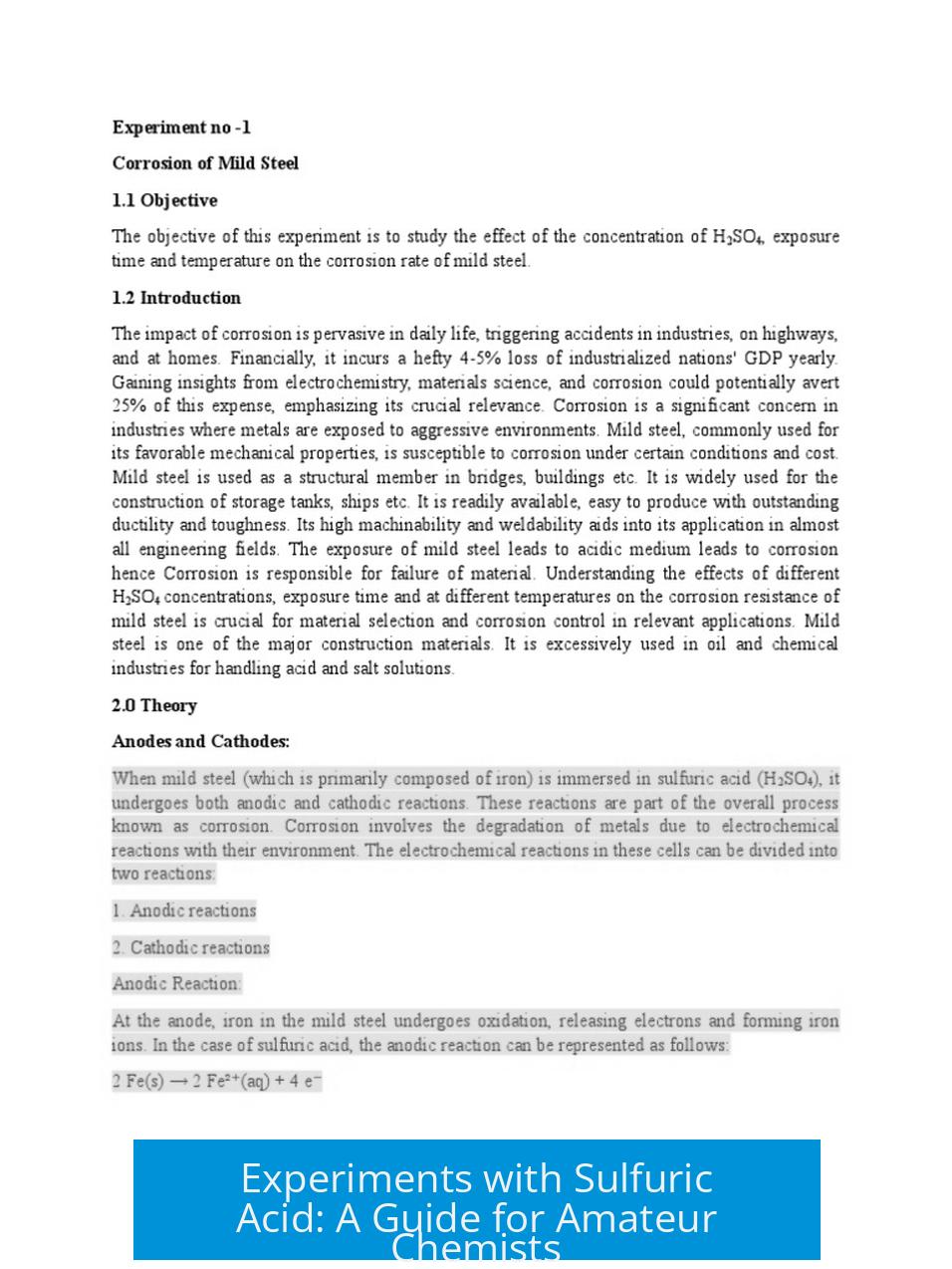
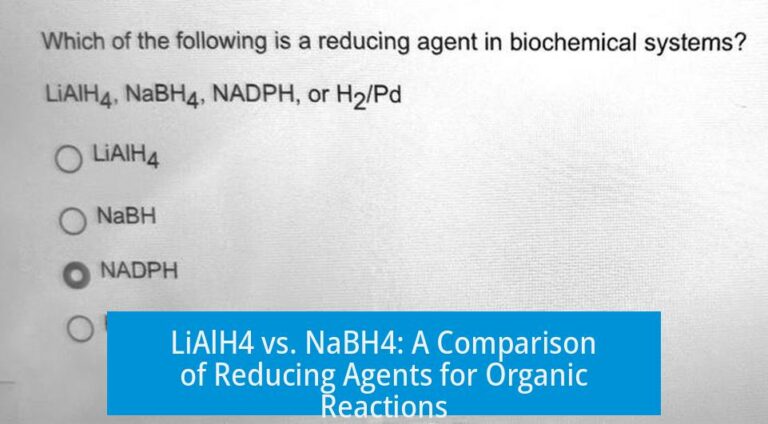
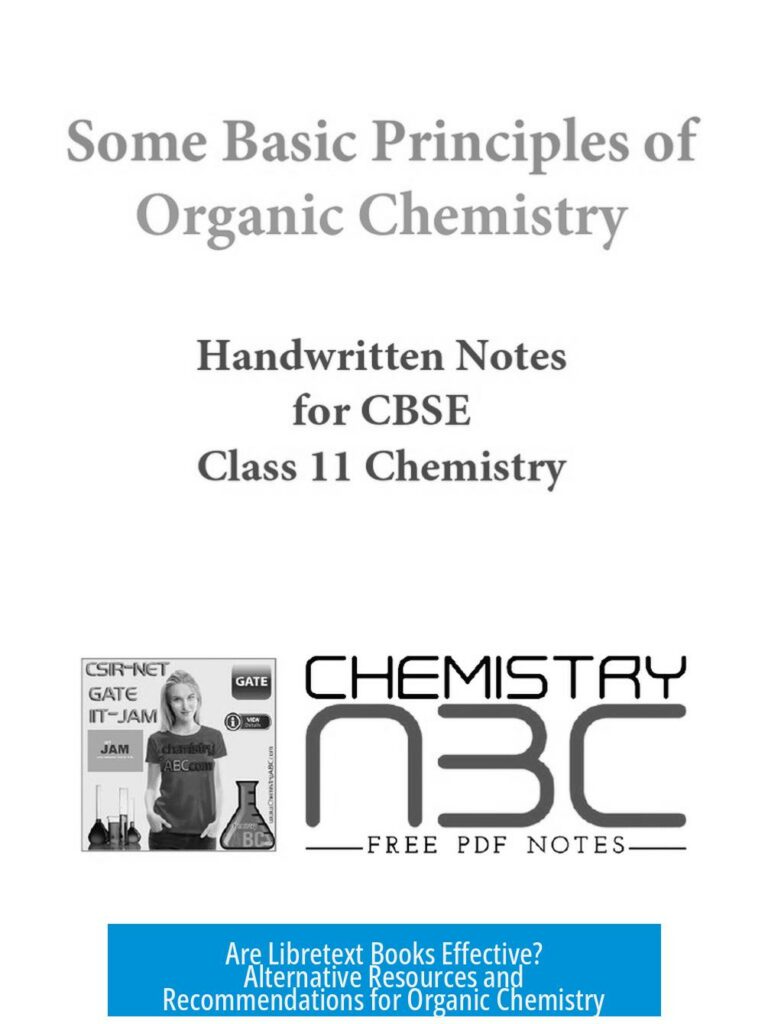
Leave a Comment